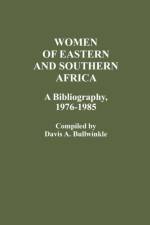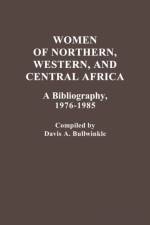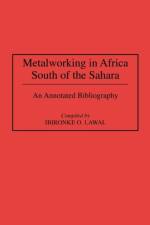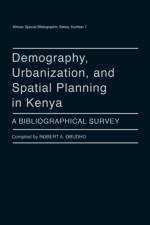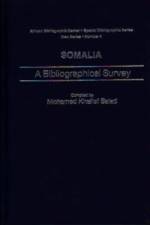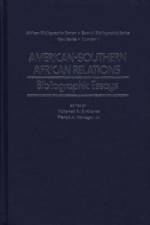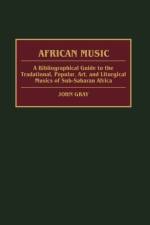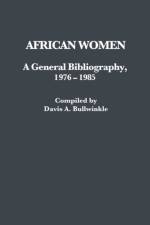- A Bibliography, 1976-1985
von Davis A. Bullwinkle
105,00 €
This massive work, the last of a three-volume set, represents a phenomenal effort in information gathering. One's first reaction to the three volumes is to wish they were on a database, more a commentary on today's research habits than the author's skill in presenting the material. The 518 pages of tightly packed references are arranged by country, then by broad categories, e.g., `Status of Women, ' `Family Planning and Contraception, ' `History.' . . . This is a valuable research tool. The researcher in a hurry might be put off by its sheer volume and the densely packed arrangement, but the researcher willing to put in the work will be richly rewarded with a very thorough survey of printed sources concerning women in Africa. ChoiceAs a result of the United Nations General Assembly's proclamation that the years 1976 to 1985 would be designated The United Nations Decade for Women, Equality, Development and Peace, there has been a proliferation of scholarly research on the status of women, and African women in particular, following a world conference in Mexico City in 1975. This bibliography brings together many English-language publications written about women in Eastern and Southern Africa during that decade and it includes materials divided into general subjects as well as regional and national topics. It is part of a three-volume set.Bullwinkle begins by describing the problems of women in Africa and the Third World. The extensive introduction provides a fascinating overview of the gains achieved by women since 1976, and discusses the inequalities that continue to exist. Presented in a logically arranged format, the citations include difficult-to-find materials such as articles appearing in edited books and journals, Masters theses, Ph.D. dissertations, conference papers, and monographs. Entries are cross-referenced by subject heading, covering such timely issues as cultural roles, divorce, equality and liberation, fertility and infertility, marital relations, religion and witchcraft, sex roles, and mass media. Examining a broad spectrum of social concerns pertaining to women, this comprehensive work greatly expands the availability of previously inaccessible information, and opens new avenues for research. Unlike any other reference in the field, Women of Eastern and Southern Africa represents a unique contribution to scholarship in the social sciences and African and women's studies, and, with its two companion volumes, contains the largest amount of material published on the subject to date. It will be an invaluable addition to all libraries, and a useful tool for those engaged in further research on the problems of the oppressed and underprivileged.

